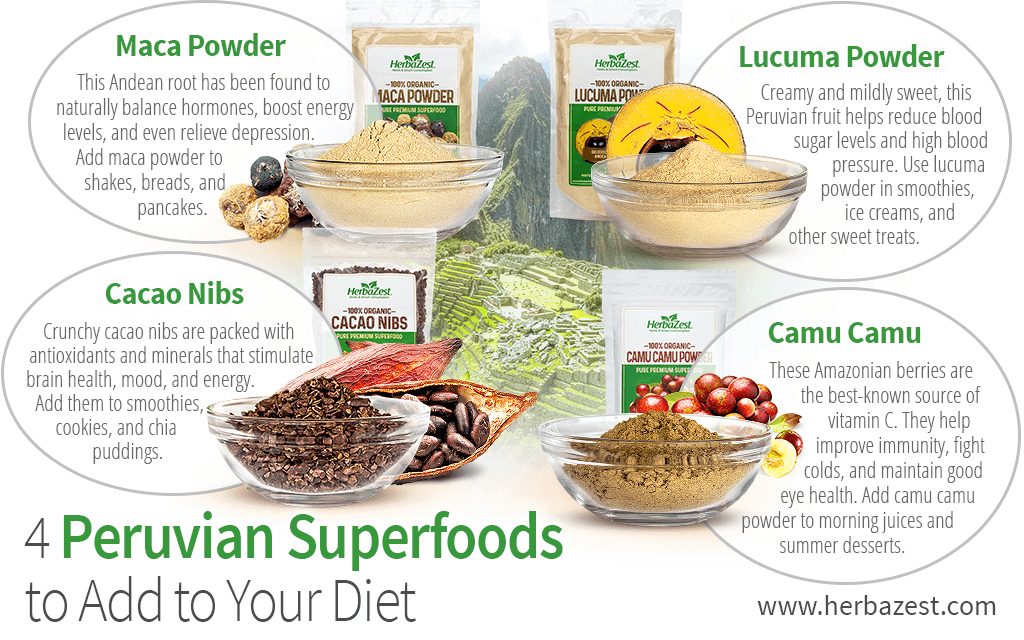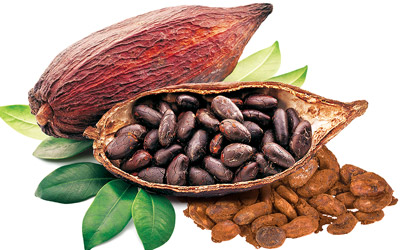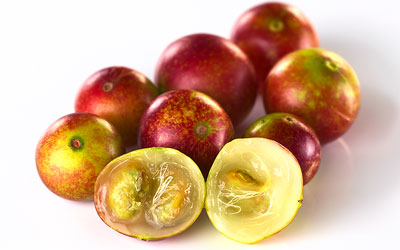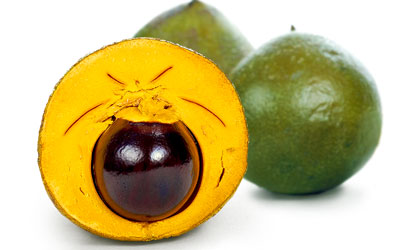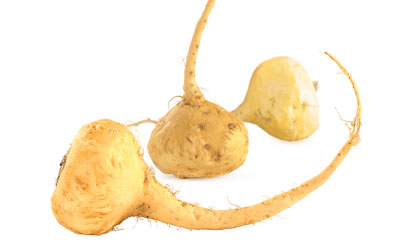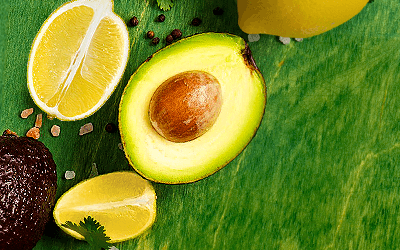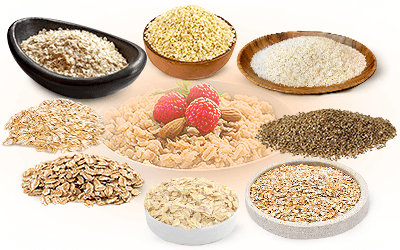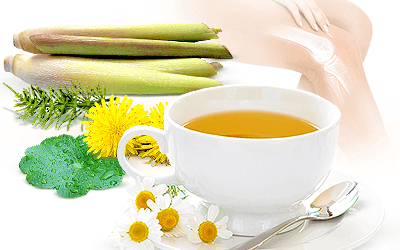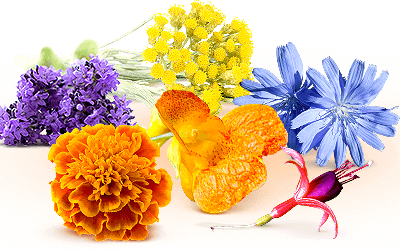The world of nutrition has exploded in the recent years with an abundance of so-called superfoods, which are packed with a multitude of nutrients and offer numerous health benefits. Interestingly, a large portion of that spotlight is occupied by foods native to Peru, which - besides its natural and cultural beauty - is home to a number of herbs that have been recognized for their medicinal properties and nutritional profiles.
Maca Powder
Besides being famed as the Incan aphrodisiac, maca root can actually offer a lot more than increased libido and better sexual function. It has been found to naturally balance hormones, boost energy levels, and relieve depression.1 So, if you need a nutritious punch to get your day going, look no further.
Start your morning with this brain-boosting cacao maca shake, enjoy this maca chocolate chia pudding, or whip up a batch of healthful maca pancakes. Maca's nutty flavor goes perfectly with cacao and peanut butter, and it's capable of adding an interesting twist to your favorite desserts.
Lucuma Powder
If you like creamy and sweet treats, you will love lucuma powder. It is made from a Peruvian fruit that - aside from being delicious - helps stabilize blood sugar levels and control blood pressure. Because of its low glycemic index, it is particularly appreciated by diabetics and dieters.
Once you start adding lucuma powder to your recipes, you will be hooked for life. Enjoy the yummy flavor and mild sweetness of this Peruvian fruit in this delicious pure lucuma shake, this mouth-watering lucuma vegan ice cream, or this lucuma tiramisu, which can satisfy even the most diehard lovers of this Italian dessert.
Cacao Nibs
It is probably safe to say that chocolate is everyone's guilty pleasure. Irresistible as it is, processed chocolate is also packed with sugar. This is where the nibs from the cacao plant step in. They are the purest form of chocolate, crushed into tiny, crunchy nibs and packed with antioxidants and minerals for a healthy brain, good mood, and energy.
Cacao nibs have an enjoyably bitter taste and can stand up to the task of replacing chocolate chips in smoothies, cookies, trail mixes, and many other recipes. Kickoff the day with this energizing cacao mocha shake, wholesome cranberry chocolate quinoa muffins, or nutritious cacao nibs peanut butter chia pudding.
Camu Camu Powder
Don't be deceived by camu camu's small size - these tiny berries are the most potent source of vitamin C.2 Adding them to your diet will also boost beta-carotene and potassium levels, not to mention precious antioxidants, all of which will improve your immunity, help you fight colds, and maintain proper eye health.
Camu camu powder's pleasantly tart flavor can add a refreshing touch to a variety of dishes, from your morning juices to sweet and tangy desserts on hot, sunny days. Try this immune boosting camu camu smoothie, camu camu mango frozen yogurt, or camu camu yogurt with granola and fruits, and see for yourself!
These four Peruvian superfoods are capable of triggering a real culinary revolution in your kitchen, adding an abundance of exotic flavors and essential nutrients. As science continues to reveal their properties, the arrays of their lovers around the world keep growing in size. Introducing them in a variety of healthy recipes will allow you to get a taste of magical Peru without taking a trip abroad.
Sources
- Lost Crops of the Incas, pp. 263-265
- Medlineplus, Maca
- Encyclopedia of Herbal Medicine, p. 276
- Medicinal Plants of the World, p. 429
- Journal of Alternative and Complementary Medicine, Antioxidant and Associated Capacities of Camu Camu (Myrciaria dubia): A Systematic Review, 2015
Footnotes:
- Food & Function. (2020). Medicinal effects of Peruvian Macarenas (Lepidium meyenii): a review. Retrieved January 15, 2020 from https://pubs.rsc.org/en/content/articlelanding/2020/fo/c9fo02732g#!divAbstract
- Journal of Alternative and Complementary Medicine. (2015). Antioxidant and Associated Capacities of Camu Camu (Myrciaria dubia): A Systematic Review. Retrieved January 15, 2020 from https://www.ncbi.nlm.nih.gov/pmc/articles/PMC4296744/


